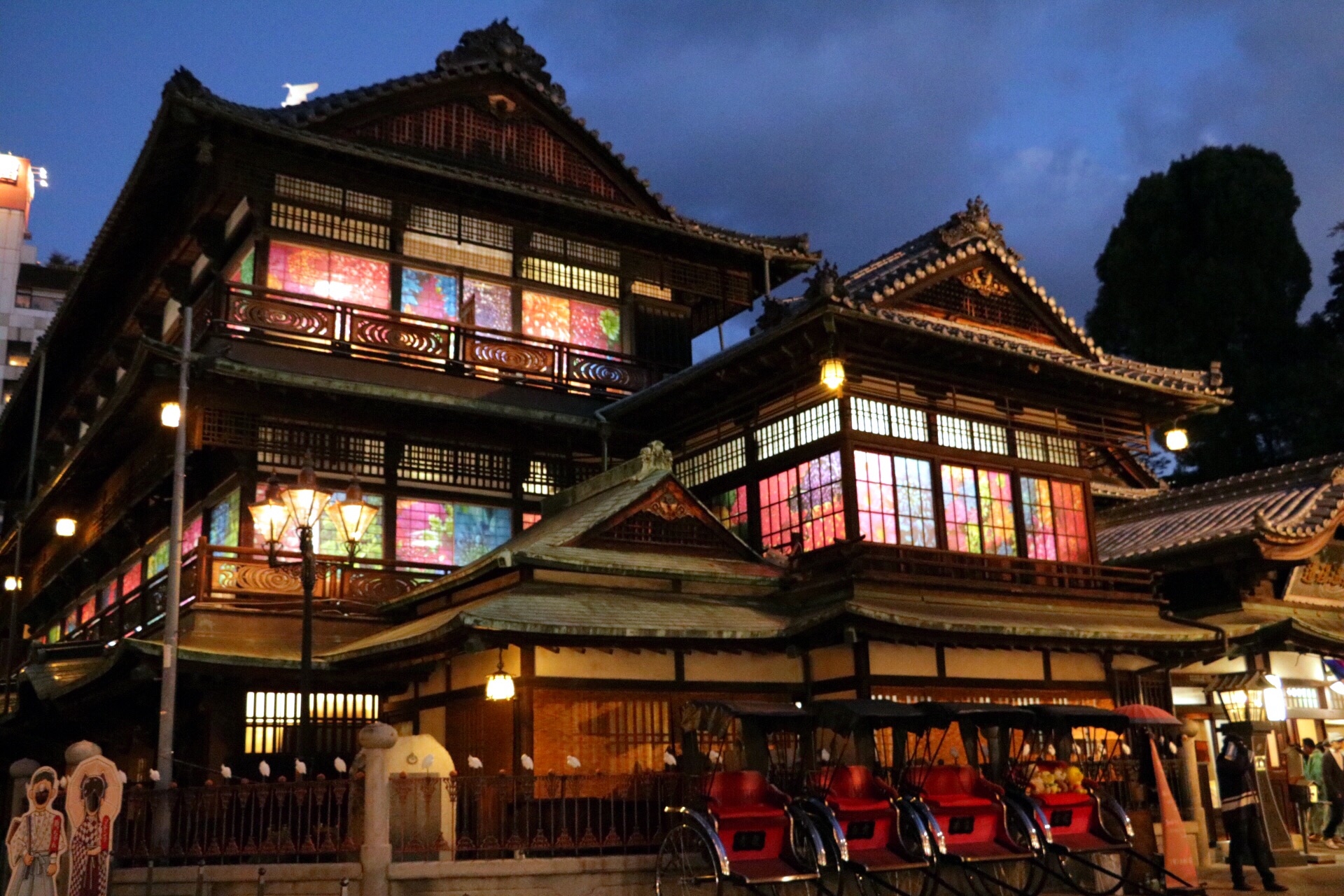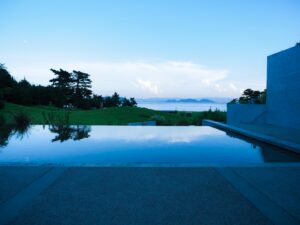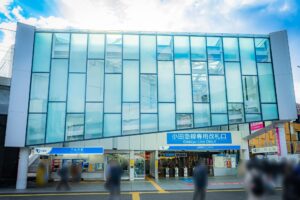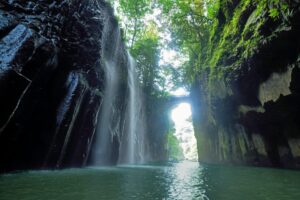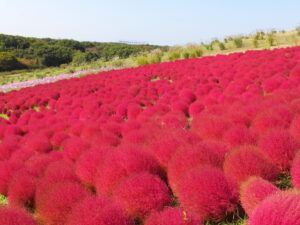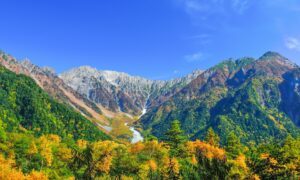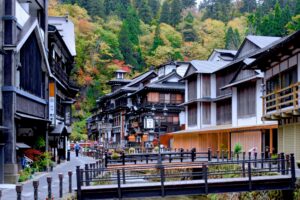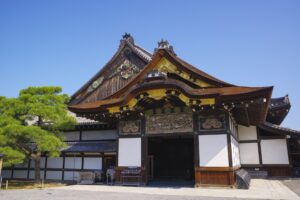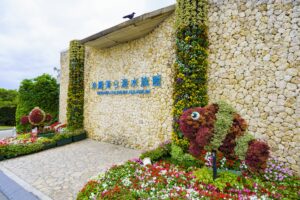Dogo Onsen is Japan’s oldest hot spring and a beloved cultural icon. In this guide, you’ll learn the essentials—how to get there, how to bathe like a local, the differences between Kami-no-Yu and Tama-no-Yu, when to visit, and what to do around the bathhouse—so you can relax and make the most of your time.
Why Dogo Onsen Matters: History & Culture
Dogo Onsen isn’t just another hot spring—it’s a place where legend and daily life still meet. The springs are celebrated in ancient poetry like the Manyoshu and appear in classical chronicles; later, novelists such as Natsume Soseki helped cement the bathhouse’s mythos in the modern imagination. For many international visitors, the wooden labyrinth of the main bathhouse (Honkan) evokes the spirit of the bathhouse world seen in Studio Ghibli’s Spirited Away—not as an official filming set, but as a place whose atmosphere and lore match the film’s sense of timelessness. Strolling up the shopping arcade, hearing geta clack on stone, then slipping into hot water under creaking beams—this is one of Japan’s most nostalgic travel moments.
Fast facts you can trust:
- Oldest status: Often described as Japan’s oldest onsen with a roughly 3,000-year story.
- 1890s Honkan: The current Honkan form dates to the late 19th century (Meiji era).
- Important Cultural Property: The Honkan is Japan’s first public bathhouse designated a National Important Cultural Property.
- Michelin Green Guide: Awarded three stars in the Michelin Green Guide Japon for its heritage value.
- Full reopening: After multi-year conservation, full operations—including rest areas—resumed on July 11, 2024.
About the water (plain-English): Dogo’s baths are fed by a network of natural springs. The water from multiple sources is blended—rather than reheated or diluted—to reach a comfortable soaking temperature around the low 40s °C (about 107 °F). It’s gently alkaline and known for feeling soft on the skin, making for a mellow, easy soak rather than an intense, sulfurous experience.
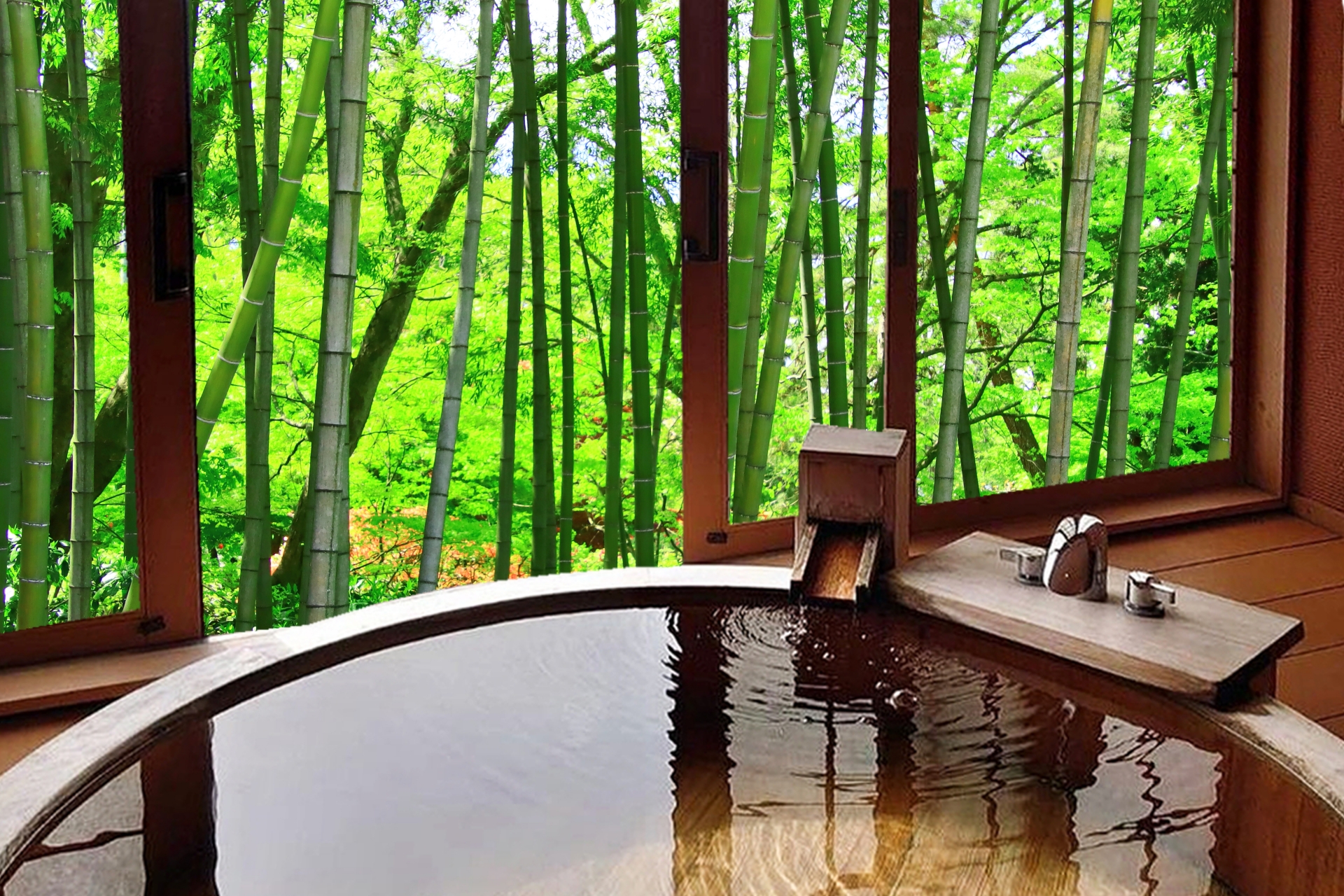
Dogo Onsen Honkan vs. Asuka-no-Yu vs. Tsubaki-no-Yu
Below is a traveler-first comparison to help you choose quickly. (Prices are typical adult rates; children’s discounts apply. Always check the boards at the entrance for today’s hours and any maintenance.)
HONKAN (Main Bathhouse)
- Hours: Generally early morning (~6:00) to late evening; specific closing/last-entry vary by plan.
- Fees (typical plans):
- Kami-no-Yu – Bath only: budget-friendly entry to the classic public bath.
- Kami-no-Yu – 2F rest hall: bath + time in a large tatami rest hall.
- Tama-no-Yu – 2F rest salon: slightly more refined lounge; bath access.
- Tama-no-Yu – 3F private room: bath + private tatami room time; limited slots.
- Special rooms/Yūshinden tours: add-on viewings and premium private spaces (limited groups/day).
- Amenities: Body wash/shampoo/conditioner and hair dryers included; towel/yukata rentals and soft drinks available; souvenir towels.
- Reservations: Not needed for basic bath plans; required for premium private rooms and Yūshinden viewing slots.
- Atmosphere: Historic, creaking-wood charm; a true symbol of public bathing culture.
- Best for: First-timers and heritage-lovers; anyone who wants that quintessential, storied ambiance.
ASUKA-NO-YU (Annex)
- Hours: Typically 6:00–23:00 for the 1F bath; rest/private plans end earlier (last entry earlier than Honkan’s basic bath).
- Fees: Tiered—1F bath only; 2F large rest hall; 2F private room; and family-style special bathing room (reservation required, group surcharge applies).
- Amenities: Modern facilities, elegant design cues from the Asuka period; rentals (towels/yukata) and tea/sweets with rest plans.
- Reservations: Not required for basic bath; required for 2F special bathing rooms (book online; same-day by phone if available).
- Atmosphere: Contemporary-meets-classic; easier way to secure semi-private time.
- Best for: Families or couples seeking a calmer, pre-bookable experience.
TSUBAKI-NO-YU (Local Bathhouse)
- Hours: Around 6:30–23:00 (last entry ~22:30); one-hour stay guideline.
- Fees: The most affordable of the three; simple bath access only.
- Amenities: No-frills but comfortable; rentals available; popular with locals.
- Reservations: None.
- Atmosphere: Everyday neighborhood sento vibe within the onsen town.
- Best for: Budget travelers, repeat soakers, quick dips before/after sightseeing.
Kami-no-Yu vs. Tama-no-Yu at the Honkan—what’s the difference?
- Kami-no-Yu: The classic, larger public bath area—lively, iconic tiles, and the most economical plans. Good for a quick, authentic dip.
- Tama-no-Yu: Smaller and a touch more refined in feel; plans often bundle access to quieter rest lounges or private tatami rooms. Choose this if you want extra calm and time to linger.
What changed with the 2024 full reopening? Rest areas and internal routes are fully back, premium rooms reopened (with reservation systems), and guided access to the Imperial-family facility (Yūshinden) resumed on set schedules. Expect a smoother one-way flow through the building and clearer plan distinctions at the ticket counter.
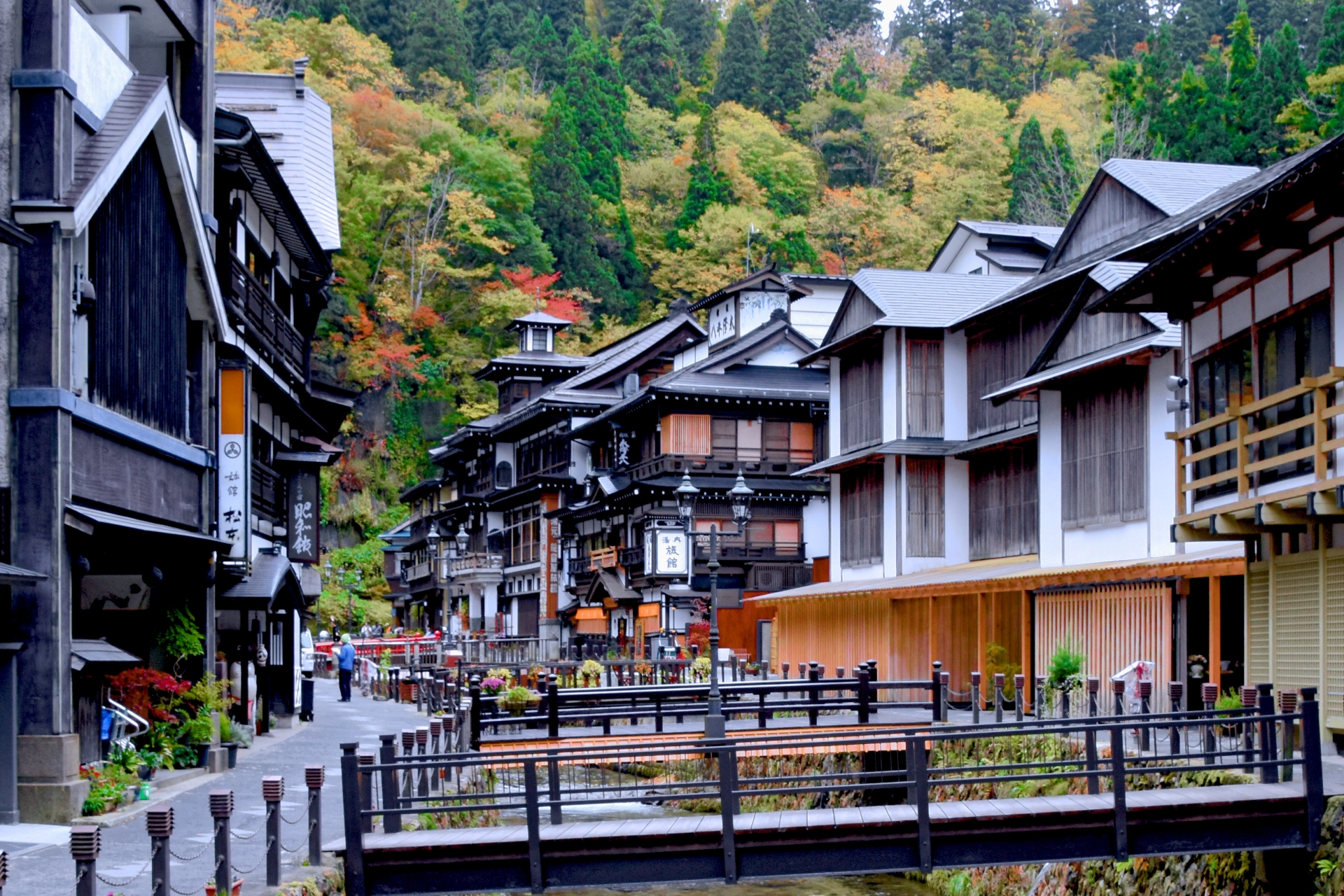
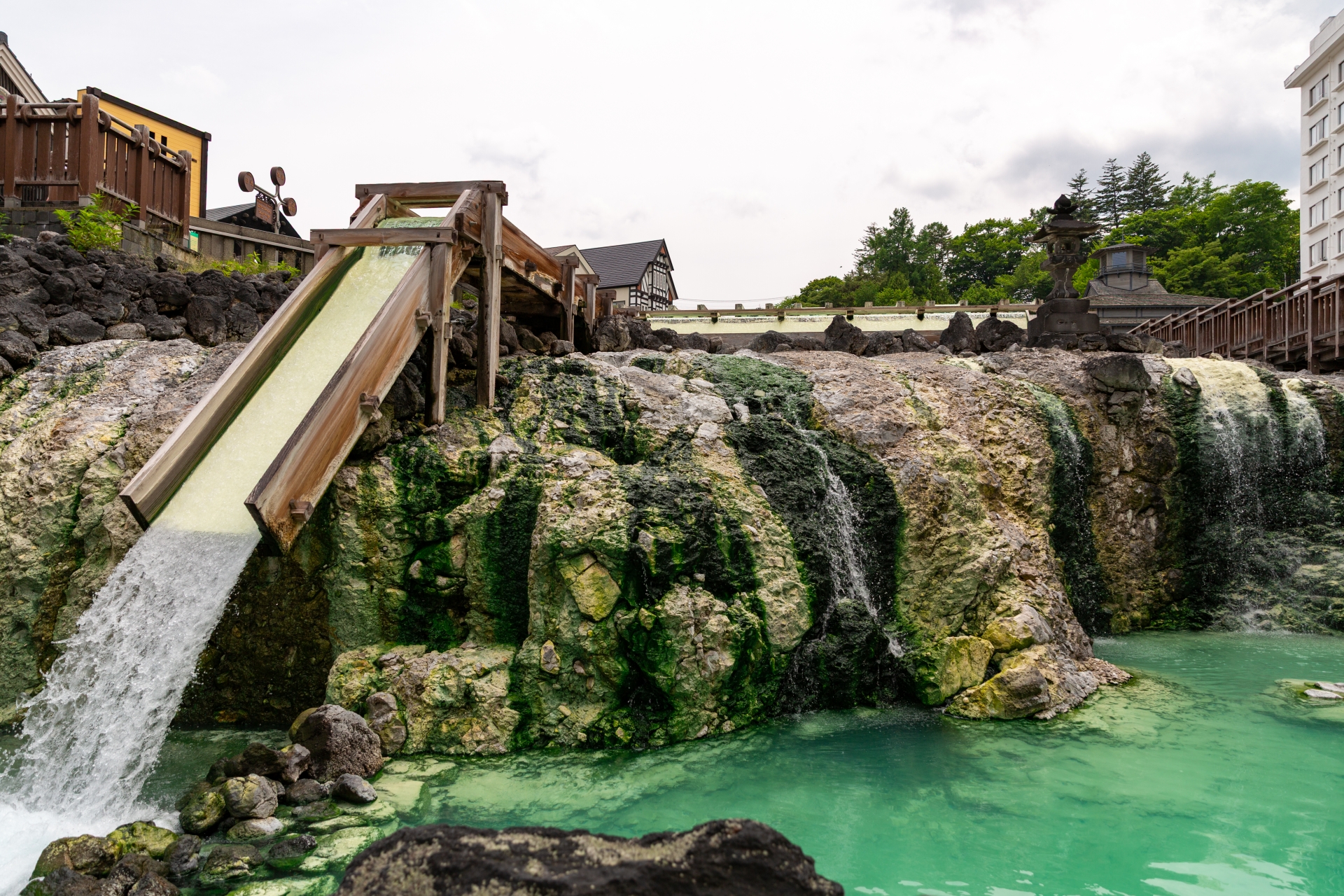
Etiquette 101: How to Bathe Like a Local
Step-by-step checklist:
- Undress in the changing room; store clothes and valuables in lockers/boxes. Bring only a small towel to the wet area.
- Wash thoroughly at the shower stations before entering the tub: sit on the stool, use soap/shampoo, and rinse the area.
- Rinse yourself clean—no suds in the shared bath. Keep voices low; no splashing or swimming.
- Soak quietly. Keep hair up and out of the water. Small towels stay out of the tub (rest it on your head or on the edge).
- Dry off lightly before re-entering the changing room so the floor stays safe and dry. Rehydrate afterwards.
Quick notes: Baths are separated by gender. Photography is prohibited in bathing areas. Large luggage doesn’t go inside—use coin lockers or nearby storage. If you feel lightheaded, step out, cool off, and hydrate.
Tattoos—what are my options? Dogo’s three bathhouses are generally tattoo-friendly and welcome international visitors with body art. If you prefer more privacy, reserve a family-style private room at Asuka-no-Yu or a private tatami room plan at the Honkan (these don’t include a private tub at Honkan—confirm details when booking). When in doubt, ask staff politely; carrying a light cover or tape for very large motifs can be helpful, though usually not required here.
How to Get to Dogo Onsen
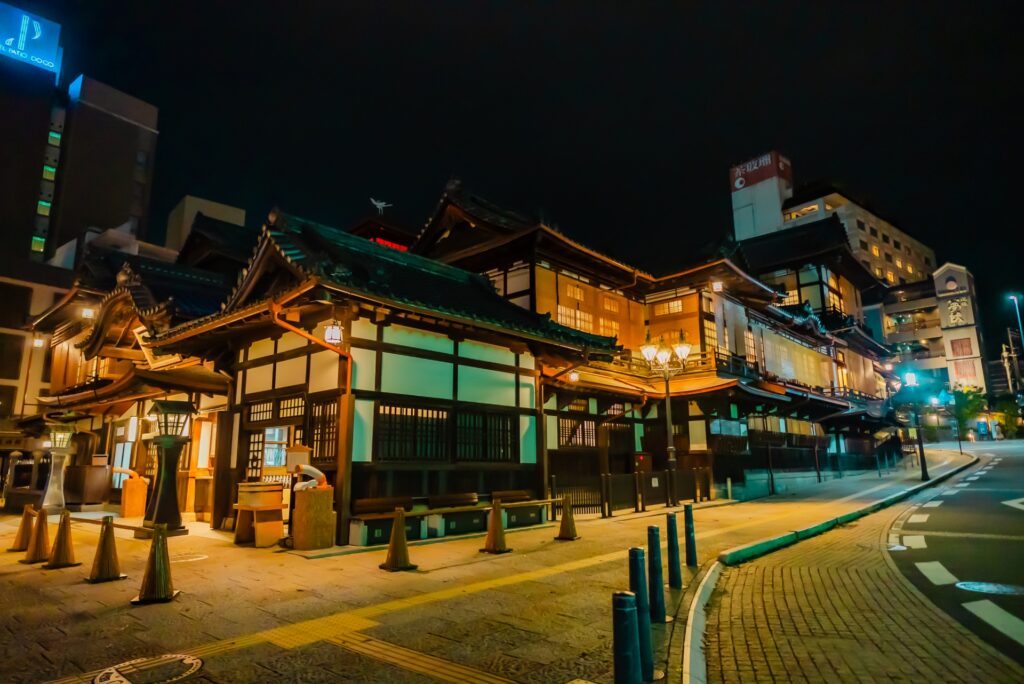
Reaching Dogo is straightforward once you aim for Matsuyama (Ehime).
From Tokyo (best two ways):
- Fly to Matsuyama (MYJ) from Haneda (HND) or Narita (NRT). Airport bus/taxi to Dogo area generally under an hour door-to-door. Total travel time commonly ~3–4 hours. Typical one-way fares vary widely by season and carrier.
- Train combo: Shinkansen Tokyo → Okayama (Nozomi fastest), then Limited Express Shiokaze to Matsuyama; at Matsuyama City, ride the Iyotetsu tram to Dogo Onsen Station (about 20 minutes from JR Matsuyama). Expect ~6.5–7.5 hours total and mid-¥20,000s for base fares; seat types can change cost.
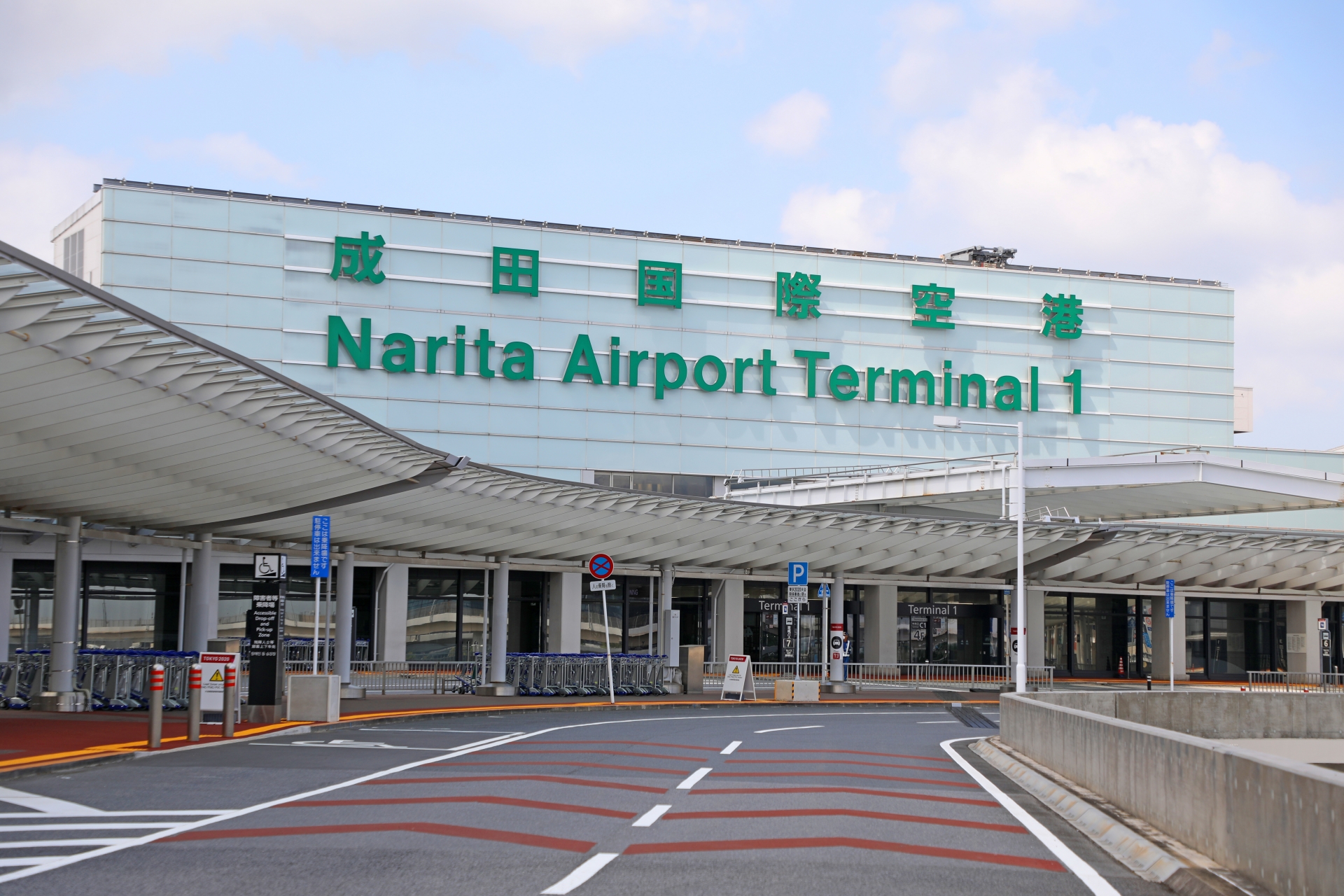
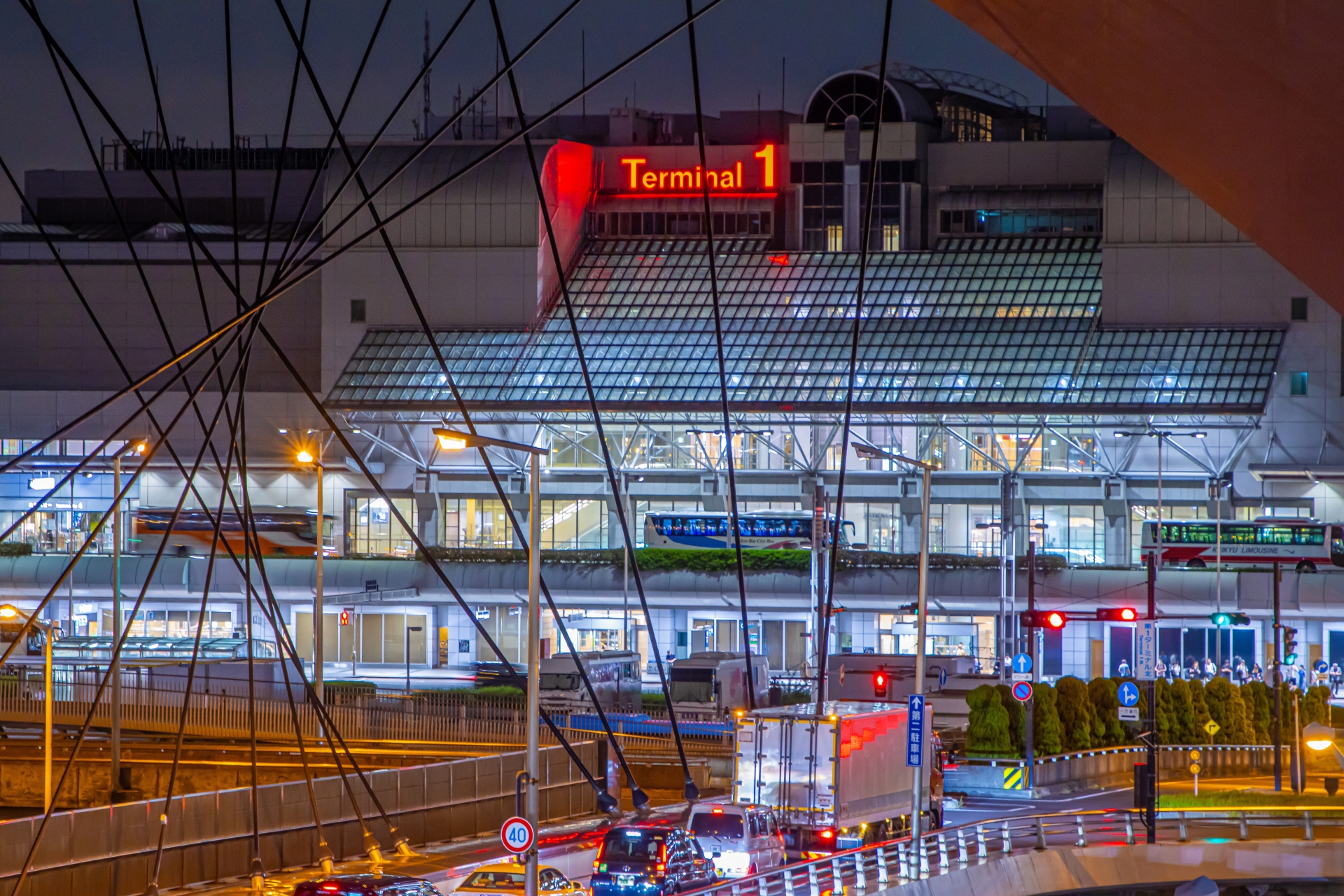
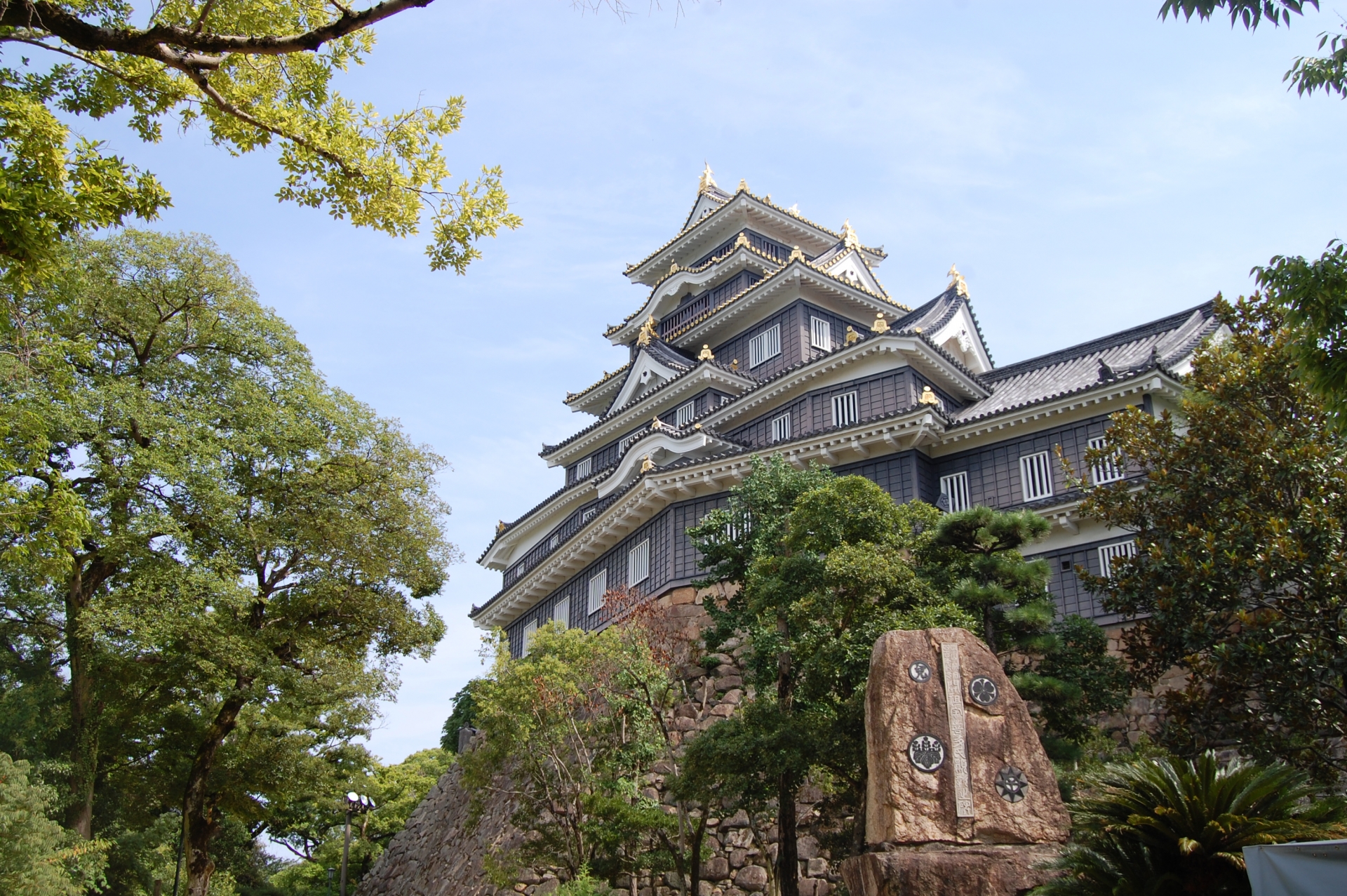
From Osaka/Kyoto:
- Shinkansen to Okayama (30–60 minutes depending on origin/train), then Shiokaze to Matsuyama (~2 h 40 m). Door-to-door often ~4–5 hours. Rail fares are typically around the low-to-mid ¥10,000s.
- Overnight buses also run and can be cheaper; flying KIX/ITM → MYJ exists but rail is the clearer default.
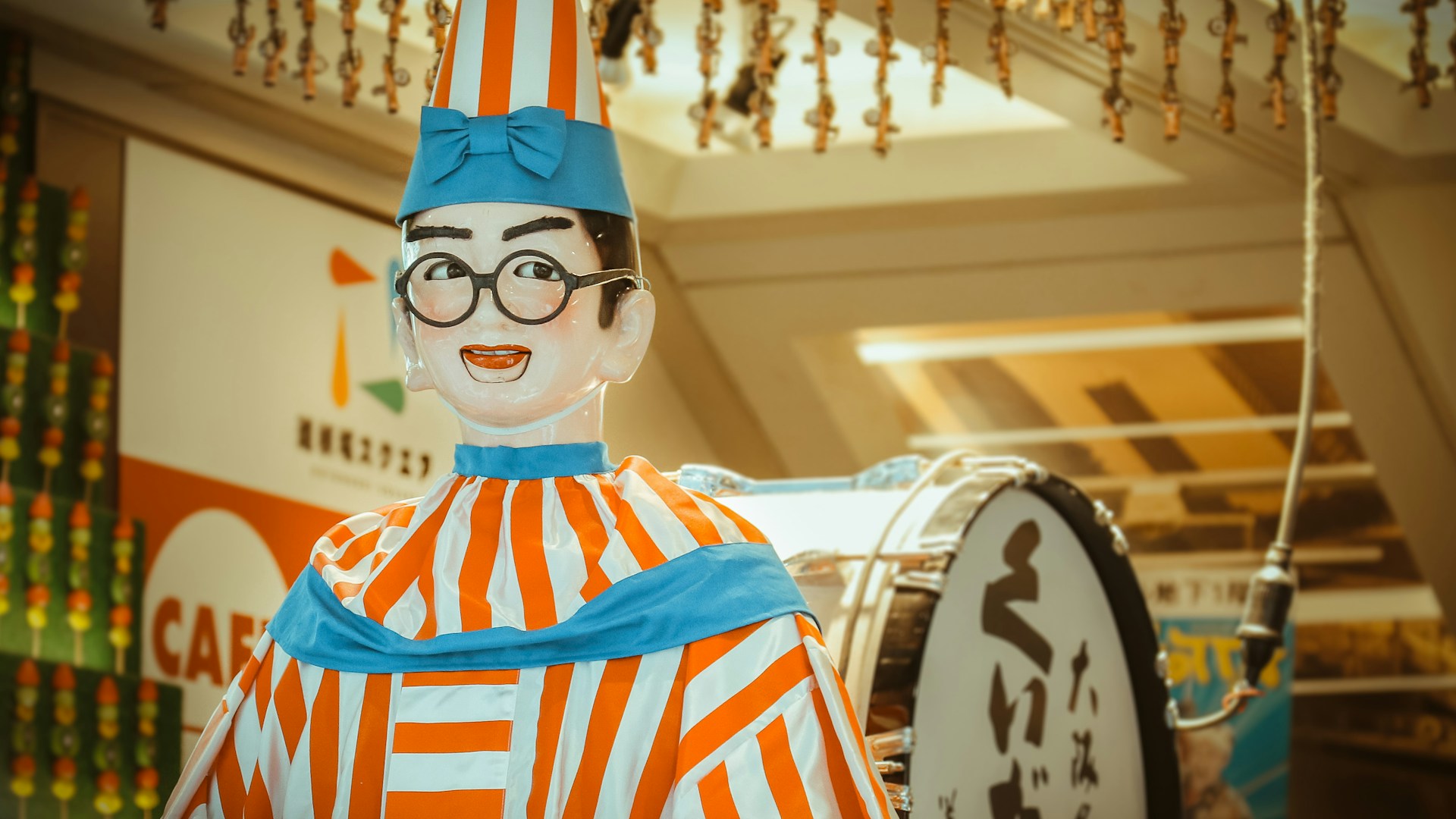
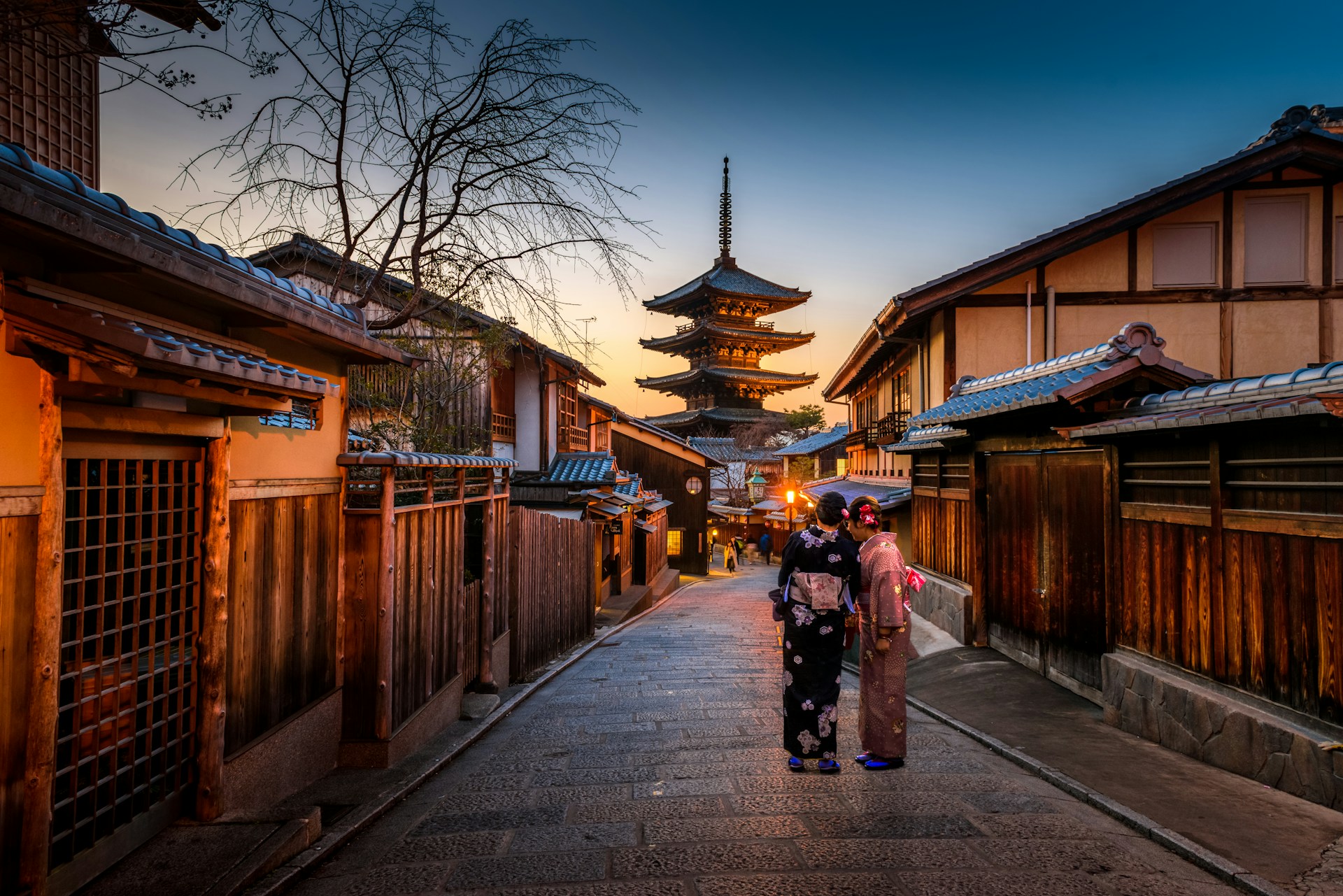
From Hiroshima:
- High-speed ferry routes across the Seto Inland Sea connect Hiroshima/Kure and Matsuyama in roughly 2–2.5 hours and are very convenient for day trips.
- Rail via Okayama is longer (~4 hours), useful if you’re on a rail pass or staying inland.
First-timer’s pick: If you’re short on time, fly into Matsuyama and take the airport bus. If you want scenic rail and already hold a pass, ride Shinkansen to Okayama and Limited Express to Matsuyama, finishing with the nostalgic tram to Dogo Onsen Station.
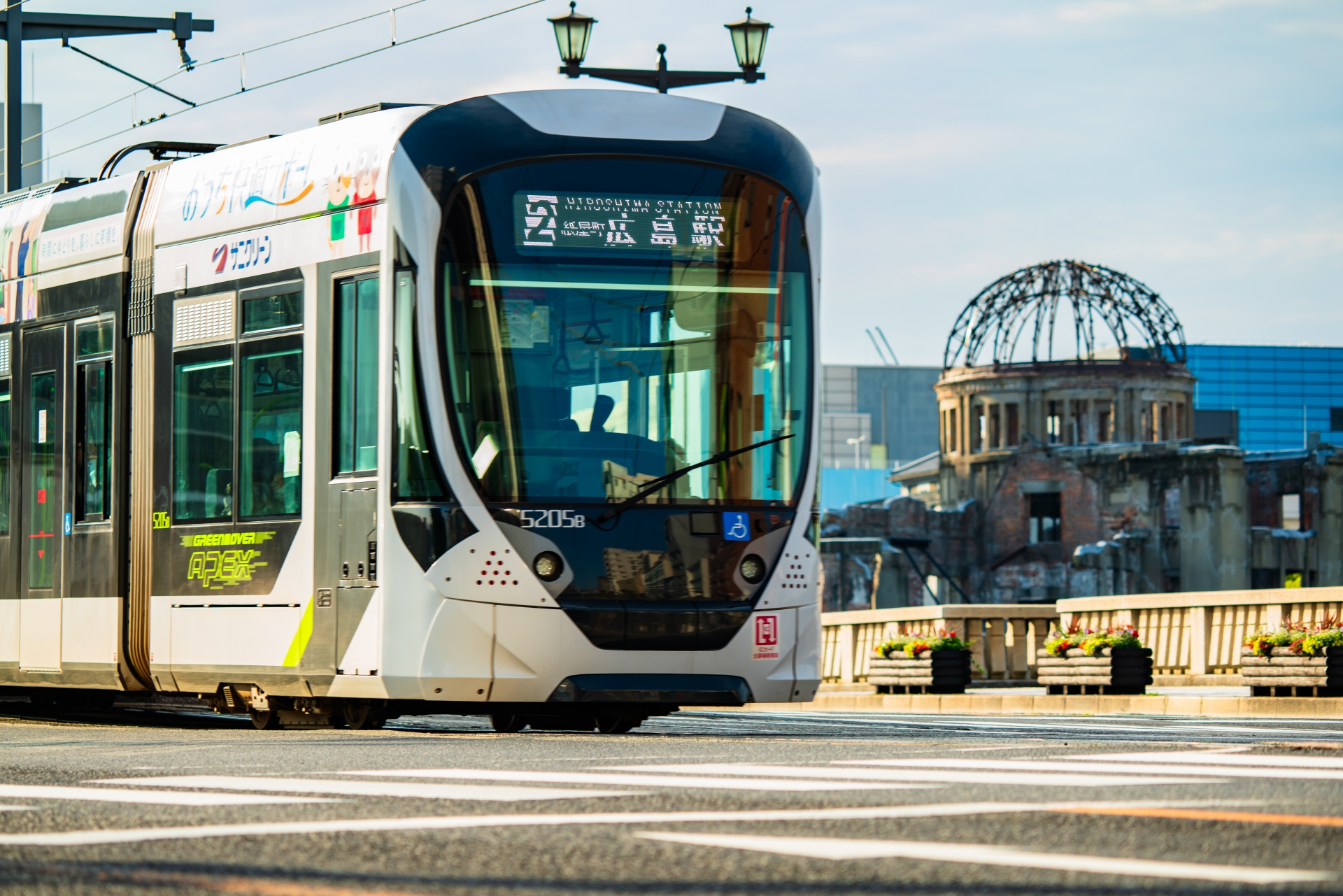
When to Visit & How to Avoid Crowds
Dogo is timeless at daybreak and magical at night. To keep lines short and baths calm, aim for early morning soaks (opening to ~8:00) or late evenings (after ~20:00). Weekdays are significantly quieter than weekends, and the mood of the Honkan after sunset—lanterns glowing, wood creaking—feels wonderfully old-world.
Spring and autumn deliver mild air, crisp evenings, and longer open-air strolling time. Winter brings steamy streets and cozy baths; summer can be lively but hotter outside, so late-night dips feel best. Beware Japanese holiday peaks (New Year’s, Golden Week in late April–early May, Obon in mid-August, and long weekends) when queues are expected—arrive at opening or near last entry.
Crowd-avoidance tips:
- Buy tickets right at opening or 1–2 hours before last entry.
- Prefer weekday mornings/evenings; avoid mid-afternoon on weekends.
- Choose Tsubaki-no-Yu for a quick dip when the Honkan queue swells.
- Book Asuka-no-Yu special rooms if you need guaranteed time/space.
- Check the current waiting time boards/website before walking over.
What to Do Around Dogo Onsen
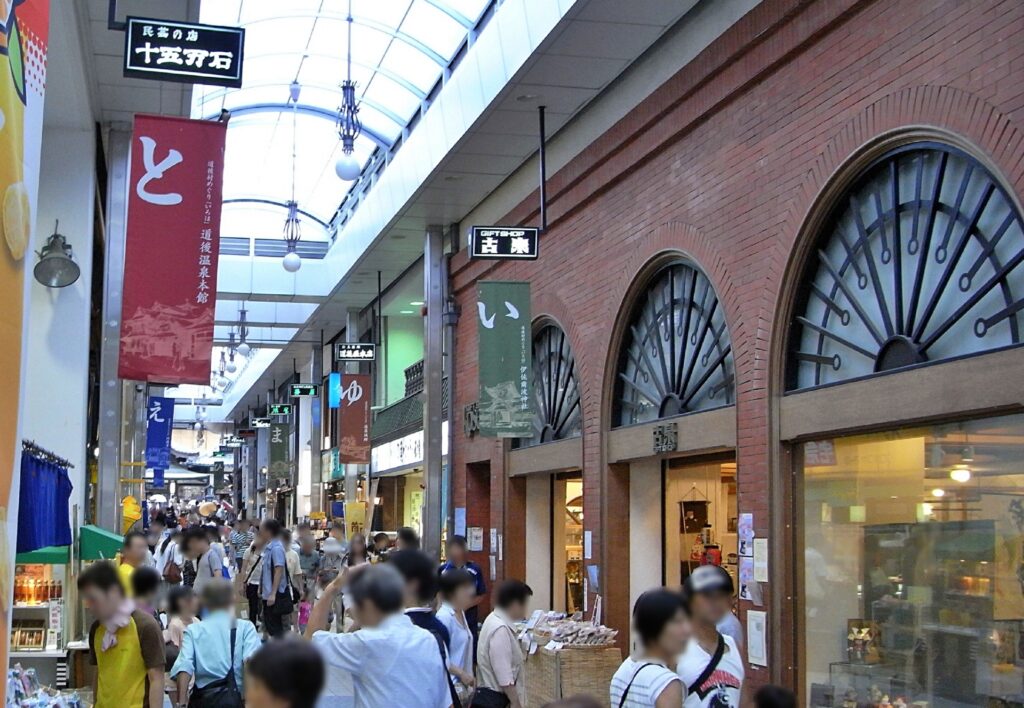
A half-day stroll (numbered, no map needed):
- Dogo Arcade (Shops & Snacks): Start under the covered arcade linking the station and Honkan; try citrus sweets and browse washi crafts.
- Footbaths by the Station: Free/low-cost foot soaks use the same hot spring water—perfect while waiting for friends.
- Botchan Karakuri Clock: On the station square, the mechanical tower animates on a set schedule, with a handy footbath beside it.
- Dogo Park (Yuzuki Castle Ruins): A green pause with historical remnants and seasonal blossoms; a refreshing detour before or after your soak.
- Ishite-ji (Shikoku Pilgrimage Temple #51): A short walk/ride from Dogo; intriguing architecture and a famous Niomon gate.
- Tram Rides: The Iyotetsu trams make moving between JR Matsuyama, downtown, and Dogo easy—and they add vintage charm to the day.
Each stop is close enough to keep your day relaxed while still feeling you’ve explored beyond the bath.
1-Day & 2-Day Sample Itineraries
Day trip (from Hiroshima/Okayama):
- 08:00 Ferry or Shinkansen→Okayama→Limited Express to Matsuyama (arrive ~10:30–11:00). Tram to Dogo Onsen (~20 min).
- 11:30–12:30 Kami-no-Yu (Honkan) bath-only plan. Quick rinse, quiet soak.
- 12:45–13:45 Lunch in the Dogo Arcade (try jakoten or mikan dishes).
- 14:00–15:00 Matsuyama Castle ropeway up and explore the keep.
- 15:30–16:15 Tram back to Dogo; footbath + Karakuri Clock.
- 16:30–17:30 Tama-no-Yu 2F rest or Asuka-no-Yu if you want a second, calmer soak.
- 18:00 Return tram → station; evening train/ferry back.
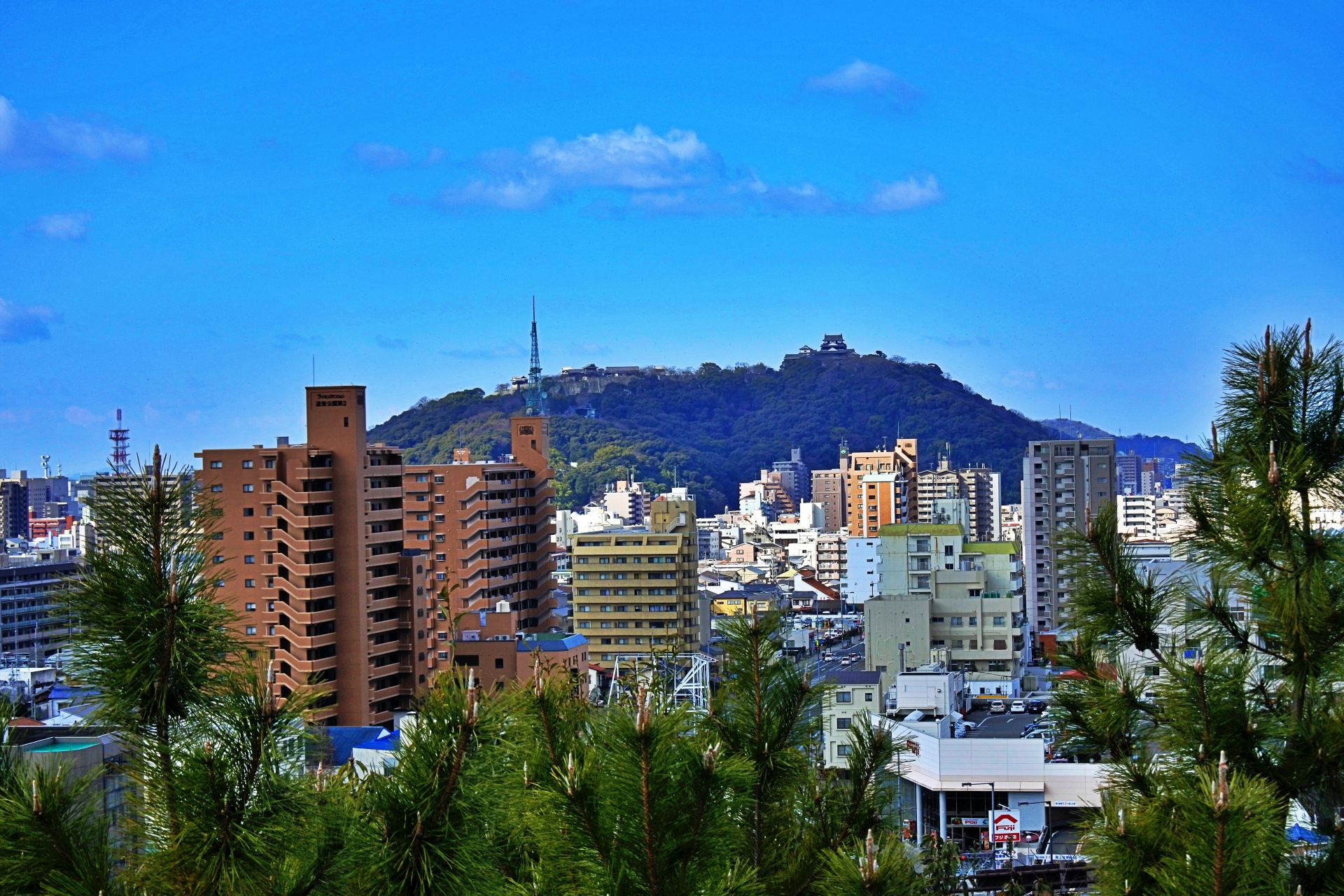
Overnight (based in Matsuyama):
- Day 1: Afternoon arrival → Dogo Park stroll → Honkan (evening soak) for lantern-lit mood → Dinner in the arcade (casual izakaya with local citrus highballs).
- Day 2: Early soak at Tsubaki-no-Yu or Honkan (~6:00–8:00) → Breakfast near the station → Matsuyama Castle morning visit → Ishite-ji after lunch → Late afternoon Asuka-no-Yu special room (pre-booked) for a family/couple wind-down → Tram to downtown for dinner, then dessert back in Dogo.
Transit notes are baked in: trams take ~15–20 minutes between JR Matsuyama and Dogo; castle access via ropeway/lift is quick; ferries make Hiroshima day trips realistic.
Practical Tips After the 2024 Full Reopening
The Honkan’s rest areas and internal routes are back; premium lounges and Yūshinden viewings run on schedules, and private rooms now book online with clear time slots. Expect better wayfinding, posted current waiting times, and staff steering flows during peaks.
Tickets: Decide your plan before the counter (signboards show inclusions and time limits). Consider the 3-Bathhouse Tour Ticket if you’ll sample all three within two days.
Lockers & luggage: Shoe boxes and changing lockers usually require a refundable ¥100 coin; large suitcases don’t fit—use coin lockers around the station or baggage delivery/courier counters in town/airport.
Payment: All three facilities support cashless payment (credit, e-money, QR), but keep a few coins for lockers and small items like milk or souvenir towels.
Language: Basic English is available on signs and on the official website; staff can assist with simple queries. For detailed needs (accessibility, private rooms), email or call ahead.
Accessibility, Families, and Seniors
Mobility checklist:
- Prefer Asuka-no-Yu for newer elevators/ramps and wider routes; the historic Honkan has stairs and narrow corridors—ask staff for the easiest entrance and rest areas.
- Build in seated breaks at rest lounges; avoid peak times if stairs are tiring.
- Bring non-slip sandals if needed; floors can be damp.
Baby-friendly: Stroller parking is typically outside the changing rooms; carry babies in arms once inside. Pack swim diapers are not used in Japanese baths; plan for quick dips and use changing tables in public restrooms around the arcade when possible.
For seniors: Keep soaks brief (5–10 minutes at a time) and hydrate. Early morning is calmest for moving around.
Need to confirm details? Contact the facility ahead. Here’s a simple English email:
Subject: Accessibility and Facilities Information Request (Dogo Onsen)
Hello,
I plan to visit Dogo Onsen on [date]. Could you please advise:
– The easiest entrance and route with the fewest stairs;
– Availability and location of rest areas and multipurpose restrooms;
– Locker sizes and luggage options; and
– Whether staff can assist with a family member with limited mobility.
Thank you very much,
[Your Name]
Costs & Tickets: Fees, Hours, and Reservations
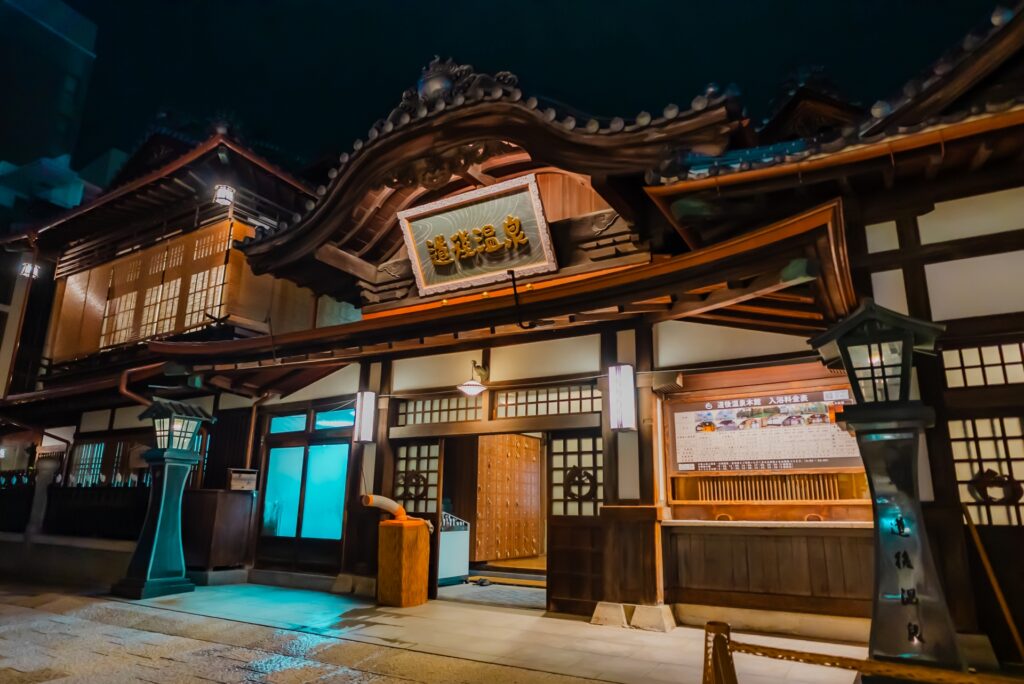
Honkan – Kami-no-Yu (bath only): adult ~¥700 / child ~¥350 | hours typically 6:00–23:00 (last entry ~22:30) | 60-minute use | no reservation.
Honkan – Kami-no-Yu (2F rest hall): adult ~¥1,300 / child ~¥650 | to ~22:00 (last entry ~21:00) | 60-minute use | no reservation | includes rest lounge + tea/yukata.
Honkan – Tama-no-Yu (2F rest salon): adult ~¥2,000 / child ~¥1,000 | to ~22:00 (last entry ~21:00) | 60-minute use | no reservation | includes rest salon + rentals + tea.
Honkan – Tama-no-Yu (3F private room): adult ~¥2,500 / child ~¥1,250 | 90-minute use | reservation required | private tatami room (no private tub) + tea/rentals.
Honkan – Premium private rooms (Shirasagi-no-ma / The Soaring Room): group surcharge (~¥6,000 or ~¥3,000 per group) plus per-person bath plan | reservation required; limited slots daily.
Honkan – Yūshinden viewing (guided): adult ~¥500 / child ~¥250 | set times (daytime) | reservation required or timed on site.
Asuka-no-Yu – 1F bath: adult ~¥610 / child ~¥300 | 6:00–23:00 (last entry 22:30) | 90-minute use | no reservation.
Asuka-no-Yu – 2F large rest hall: adult ~¥1,280 / child ~¥630 | to ~22:00 | 90-minute use | no reservation | includes tea/yukata/towel.
Asuka-no-Yu – 2F private room: adult ~¥1,690 / child ~¥830 | to ~22:00 | 90-minute use | no reservation (limited availability) | includes rentals + tea.
Asuka-no-Yu – 2F special bathing room (family-style bath): add ~¥2,040 per group on top of per-person fees | reservation required | total example for 2 adults + 1 child ≈ ¥6,250.
Tsubaki-no-Yu: adult ~¥450 / child ~¥150 | 6:30–23:00 (last entry 22:30) | up to 1 hour | no reservation.
3-Bathhouse Tour Ticket (2-day validity): adult ¥1,400 / child ¥640 | includes Honkan (Kami-no-Yu downstairs), Asuka-no-Yu (1F), and Tsubaki-no-Yu.
How to read the price board: Each column shows the plan (bath only vs. rest/private), what’s included (lounge time, rentals, tea), time limit, and last entry. Choose based on how long you want to linger and whether you value a quieter rest space. Private “rooms” at the Honkan are rest rooms, not private tubs; the only family-style private bath option is at Asuka-no-Yu.
Onsen Souvenirs & What to Eat Nearby
- Mikan (citrus) everything: try mikan soft-serve, juices, and jams in the arcade—most under ¥300–¥600.
- Botchan dango: tricolor rice dumplings named after Soseki’s novel—souvenir packs from ¥500–¥900 at Honkan shops/arcade.
- Jakoten: fried fish cake from Ehime; grab it hot at street stands—about ¥200–¥400.
- Iyokan sweets & pies: buttery local fruit pies or jellies from bakery counters—usually ¥300–¥700 each.
- Dogo cider & bath milk: classic post-bath drinks at Honkan kiosks—around ¥150–¥350.
- Imabari towel goods: soft face towels themed to Dogo—souvenirs range ¥350–¥2,200.
- Citrus highball/ponshu tasting: izakaya pours featuring Ehime citrus—glasses often ¥500–¥800.
Responsible Soaking: Water & Wellness Claims
Dogo’s water is naturally sourced from multiple springs and blended to ~42 °C for comfort; it’s mildly alkaline, which many bathers describe as “soft” on the skin. That doesn’t mean guaranteed cures: hot spring bathing can relax muscles, improve circulation briefly, and ease stress, but it’s not a medical treatment. If you have heart/vascular conditions or are pregnant, consult your doctor and keep soaks short.
Mini-FAQ (myths vs. reality):
- “Will the water cure ailments?” It’s soothing, but not a cure. Consider it wellness, not medicine.
- “Is hotter better?” Not always. Start short (5–10 minutes), exit before you feel dizzy, hydrate.
- “Do I need to bring anything?” A small towel is handy; you can rent towels/yukata on site.
- “Is it sulfurous?” Dogo is mild and easygoing on smell and feel; no heavy minerals on the nose.
Frequently Asked Questions
Is Dogo Onsen the bathhouse that inspired Spirited Away? It’s widely cited as an inspiration in spirit and atmosphere (not an official filming set). The Honkan’s wood maze, lamps, and folklore echo the film’s world.
How do you get there from Tokyo? Fly to Matsuyama (MYJ) then bus/taxi to Dogo, or ride Shinkansen to Okayama and Shiokaze Limited Express to Matsuyama, then the tram to Dogo Onsen Station.
Do you need a reservation? Can you book private baths? No reservation for basic baths. Reserve Honkan’s premium rooms/Yūshinden and Asuka-no-Yu’s family-style special bathing rooms ahead (online; same-day by phone if available).
Are tattoos allowed? Yes—Dogo’s three bathhouses are generally tattoo-friendly. For full privacy, book Asuka-no-Yu’s family-style room.
Best time of day? Early morning or late evening on weekdays for the calmest soak and shortest lines.
Conclusion: The Smart Way to Enjoy Dogo Onsen
Dogo Onsen blends deep heritage with an easy, restorative soak—an experience that anchors any trip to Matsuyama. Choose between the character of the Honkan’s Kami-no-Yu or the refined feel of Tama-no-Yu, and keep etiquette simple: wash first, keep hair tied up, and relax quietly. Getting there is straightforward—fly into Matsuyama and take the airport bus, or ride the Shinkansen via Okayama to Matsuyama and hop on the tram—so you can spend more time in the bath and less time figuring things out. Before you go, skim the official site for current hours and fees, then aim for an early-morning or evening visit to dodge the crowds; if you’re staying overnight, slip in twice to savor how the bathhouse shifts from night’s glow to morning calm.

